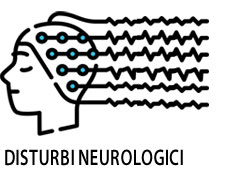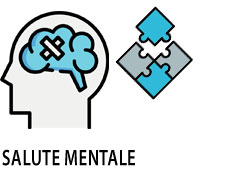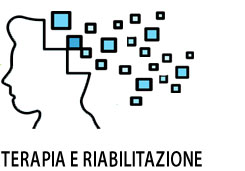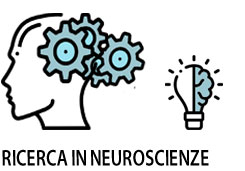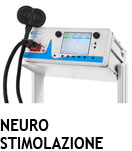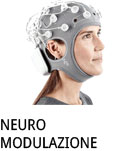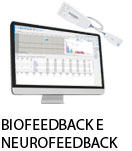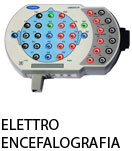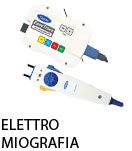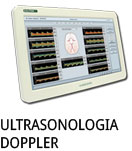- +39 011 5821948
- info@geasoluzioni.it
- Lun - Ven 8:00 - 17:30
Pubblicazioni
From pulses to pain relief: an update on the mechanisms of rTMS-induced analgesic effects
- Abstract:
- BACKGROUND: Repetitive transcranial magnetic stimulation (rTMS) is a non-invasive technique that allows cortical stimulation. Recent studies have shown that rTMS of the primary motor cortex or dorsolateral prefrontal cortex decreases pain in various pain conditions. The aim of this review was to summarize the main characteristics of rTMS-induced analgesic effects and to analyse the current data on its mechanisms of action. DATABASES: Medline, PubMed and Web of Science were searched for studies on the analgesic effects and mechanisms of rTMS-induced analgesic effects. Studies on epidural motor cortex stimulation (EMCS) were also included when required, as several mechanisms of action are probably shared between both techniques. RESULTS: Stimulation site and stimulation parameters have a major impact on rTMS-related analgesic effects. Local cortical stimulation is able to elicit changes in the functioning of distant brain areas. These modifications outlast the duration of the rTMS session and probably involve LTP-like mechanisms via its influence on glutamatergic networks. Analgesic effects seem to be correlated to restoration of normal cortical excitability in chronic pain patients and depend on pain modulatory systems, in particular endogenous opioids. Dopamine, serotonin, norepinephrine and GABAergic circuitry may also be involved in its effects, as well as rostrocaudal projections. CONCLUSIONS: rTMS activates brain areas distant from the stimulation site. LTP-like mechanisms, dependence on endogenous opioids and increase in concentration of neurotransmitters (monoamines, GABA) have all been implicated in its analgesic effects, although more studies are needed to fill in the still existing gaps in the understanding of its mechanisms of action.
- Patologie/Applicazioni:
- Anno:
- 2016
- Tipo di pubblicazione:
- Articolo
- Parola chiave:
- dolore; review; stimolazione magnetica transcranica
- Testata scientifica:
- European Journal of Pain
La nostra storia
GEA soluzioni si affaccia nel 2013 al mercato della strumentazione medicale di alto livello tecnologico ma la sua storia parte da più lontano, clicca qui per approfondire.
GEA SOLUZIONI SRL
via Issiglio 95/10, Torino
Tel.: 011 5821948 / 011 4463853
Fax: 011 0433281
Email: info @ geasoluzioni.it
P. IVA IT11696920013
REA TO1233648

